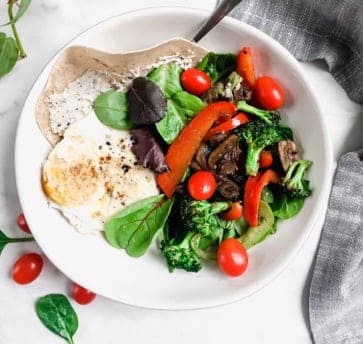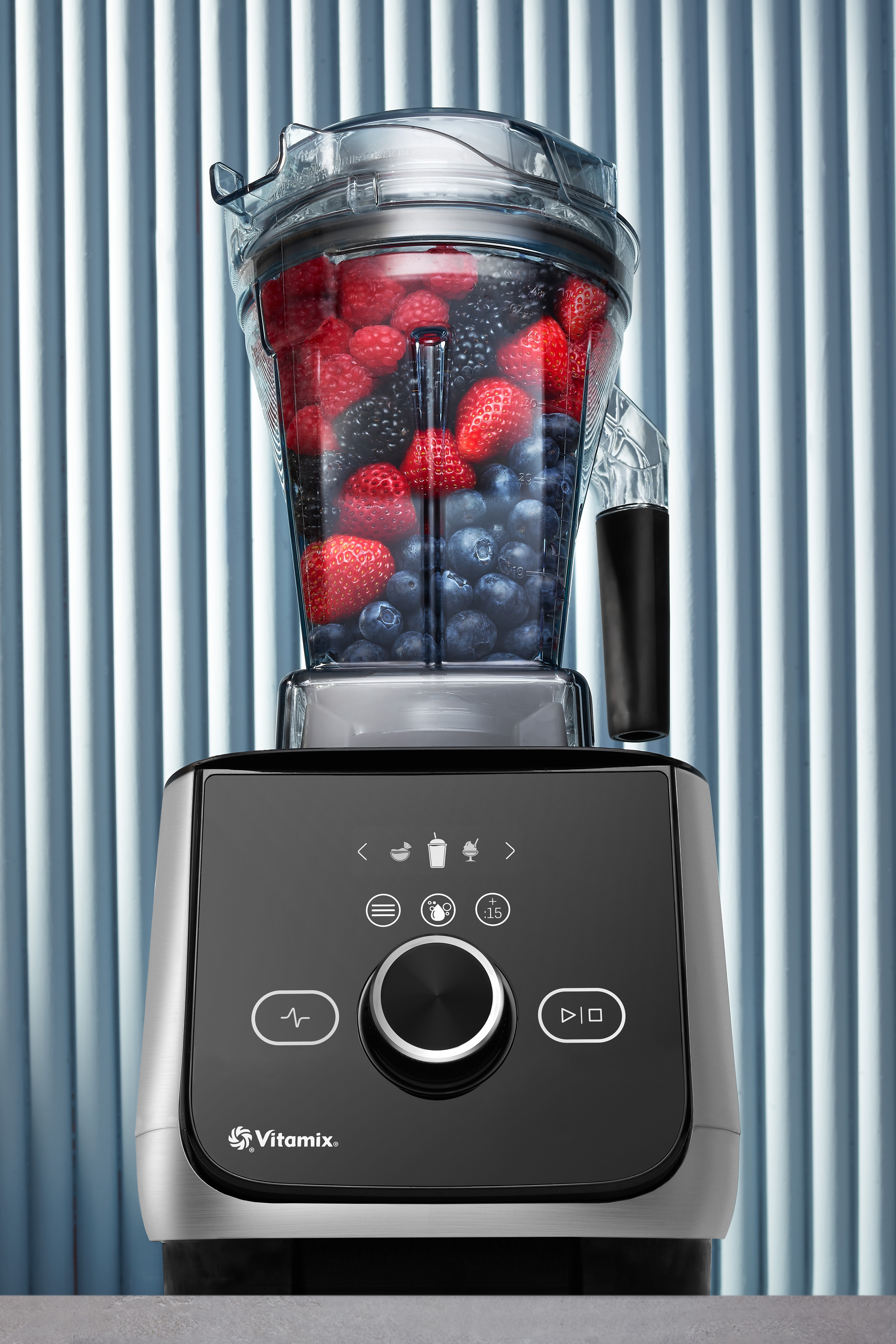As a Dietitian Nutritionist, one of the most common most questions I get asked is, "Can you just tell me what to eat"? This is typical at this point in someone's health journey they are confused, maybe even frusterated, by all the conflicting information they are reading out there. Do this don't do that. I get it, I've been there myself and it can be really frustrating. The good news, it doesn't have to be.
Hear me out.
If we get down to the science of it, we are genetically made to be different. This means our nutrition needs are different. Add in all the factors of life, and our needs really differ! So what should you do? It’s simple (kind of): do what is best for YOU and your health. This means taking several factors into consideration: symptoms (mentally and physically), desires, time, budget, values and ethics, work schedule, family needs, medical conditions, personal goals, etc.
With that being said, however, we do share some commonalities:
People do better with routine or some sort of plan.
When you go grocery shopping, have at least a general idea of what you are going to be eating for dinner and breakfast for the week. I didn’t mention lunch because I like to encourage leftovers for lunch (#TeamLeftovers) or something that can be quickly prepared.
Your meals should be well balanced, filling, and of course, tasty! Ultimately, you want your meal to help stabilize your blood sugar, keep your hormones in check and give you the energy needed to “perform” (this part is different for everyone).

Here’s my rule of thumb for planning dinner, and lunch if needed:
1.) Protein + Fat + Fiber + Greens
So what does this mean? Let’s break it down:
Protein: Wild-caught fish, grass-fed meats, pasture-raised chicken and eggs, beans, tofu/tempeh
Fat: extra virgin olive oil, avocado/avocado oil, nuts/nut butter, seeds, and coconut
Fiber: whole and ancient grains, sweet potato, fruits (berries, apple, etc.)
Greens: veggies! Arugula, spinach, bok choy, celery, peppers, Brussels sprouts, mushrooms, broccoli, cauliflower, etc.
Let’s put it all together for some quick meal ideas:
Grilled garlic and herb salmon + sweet potato + side salad with an extra virgin olive oil and balsamic vinaigrette(or make your own!)+ roasted broccoli
Sesame ginger or teriyaki tempeh stir fry: tempeh + quinoa + bell peppers, cauliflower and mushrooms
Baked pesto chicken + roasted Brussels sprouts over black rice + avocado slices
For lunch: make extras at dinner for leftovers. I am also a big fan of well-balanced salads for lunch or something that doesn’t require a lot of preparation. You can even make your own salad dressings to cut down on the added sugars and sodium as you prepare your salads for the week.
Next, breakfast. Here’s my rule of thumb for planning breakfast:
2.) Protein + Fat + Fiber
Based on the list above, let’s put it all together for some quick meal ideas:
1-2 pasture-raised eggs or scrambled tofu + avocado slices + blueberries
Hardboiled egg + apple + almond butter
Smoothie:Vitamix has you covered here ☺ but for a quick idea:
Strawberries (or berries of choice) + banana + peanut butter (or nut butter of choice) + chia/flax seeds + unsweetened almond milk (or milk of choice)
3.) Quality > Quantity
Regardless of your food choices or what diet you choose to follow, when possible, the quality of your food is more important than the quantity. I am a big fan of eating seasonally and locally, whenever possible.
Those are my favorite three fundamental guidelines for meal planning. Remember, it’s your plate, make it how you want!
Still have questions about what counts as a protein? Check out this article for more options.
Related Articles

How to Prep Your Restaurant Staff for the Holiday Season
Here's how to prepare your restaurant staff for a positive holiday season of lasting memories for guests and increased sales for the business.

How to Become a Master of Meal Prep This School Year
Vitamix - Blending Machines for the Home and Business

5 Creative Ideas for Food Prep with Your Kids
Children love to help, especially in the kitchen, and a child who helps you prepare a dish is much more likely to try it. Make an adventure out of trying new foods, and enjoy these ideas that will take your young chef from breakfast to bedtime.



